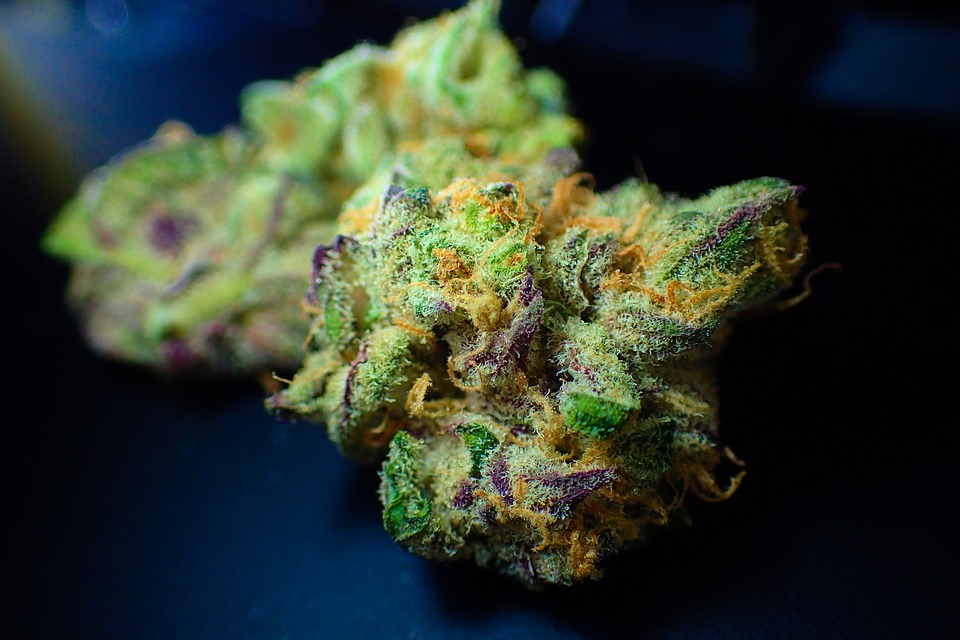
You’ve probably heard the term ‘medical marijuana’ uttered over the last several years, and with good reason. With so many great reasons to use it, it’s now become widespread and legalised in numerous countries and states and has become a valid and highly sought after alternative to traditional pharmaceuticals. The popularity of medicinal marijuana has exploded, with many who used to consider marijuana ‘taboo’ coming forward to try it for its medicinal properties and finding that it works wonders. If you’ve been wondering about how this has come about, check out this brief history of medicinal marijuana and how it’s gone from a naughty street drug the teenagers use to a widespread medical wonder in only a few short years.
Ancient Times
Cannabis has been used since ancient history as a medicinal plant, usually ground to a powder and taken orally. In ancient China the plant was used as a remedy for everything from hair loss to constipation and it was likewise used partially as food, as well as for fibres from the hemp plant itself. The use of the plant in Chinese medicine was so important that it’s actually listed as one of the 50 fundamental plants of Chinese medicine. The ancient Dutch saw the plant as used for its painkilling properties as well, as evidenced by a grave recently discovered dating back nearly 4000 years in which a collection of both meadowsweet and cannabis was placed in the grave, suggesting its occupant had been sick and the herbs had been added in an effort to heal – or at least alleviate symptoms.
Ancient Greece used cannabis as a form of topical medicine for both humans and animals as well as making tinctures from cannabis seeds which could be used to fight a number of ailments. Other ancient civilizations that were noted to use cannabis medically included the Scythians, the ancient Islamic world as well as those from the Indian subcontinent.
The 70s
Throughout history mankind has used cannabis medically to some degree, but in the 1970s a synthetic version of THC was developed under the name Marinol specifically for those suffering from pain and nausea related to chemotherapy treatments from cancer. Despite this, many reported a difficulty in keeping the Marinol down due to the sickness caused by chemotherapy, leading to smoking becoming the preferred – and ultimately easiest – form of administration. This is also in part to the fact that smoking medicinal cannabis means onset effects are immediate, resulting in easier dosing.
Modern Day
Since the early 1990s more and more countries have followed suit with the legalisation of medicinal cannabis, such as Canada where a Canada cannabis dispensary is easy to find in any major city. Many countries are also pushing for decriminalisation of possession for small amounts of cannabis for personal use – either recreationally or medically – and many countries will allow up to a certain number of plants to be grown for personal use. Colombia is a good example of this, as is Chile, Czech Republic, Spain and more. Countries where cannabis is strictly on a medicinal only basis include Israel, Puerto Rico, Romania and Macedonia. On the other hand, our friends in Uruguay and Canada can enjoy completely 100% legal weed – for both recreational and medical use. The US is a bit of a strange one as states individually govern the sale and legality of cannabis, so if you’re in the states, consider checking out a CBD company in Nevada for all your medicinal weed needs.
So if you’ve been wondering about the history of this great medical plant, there you have a brief one. Mankind has known about the fantastic results of using this plant for millennia, so it’s great that we’re getting back to a place where we can really start to enjoy it again and stop relying on heavy duty pharmaceuticals that cause us no end of side effects. Enoy!



